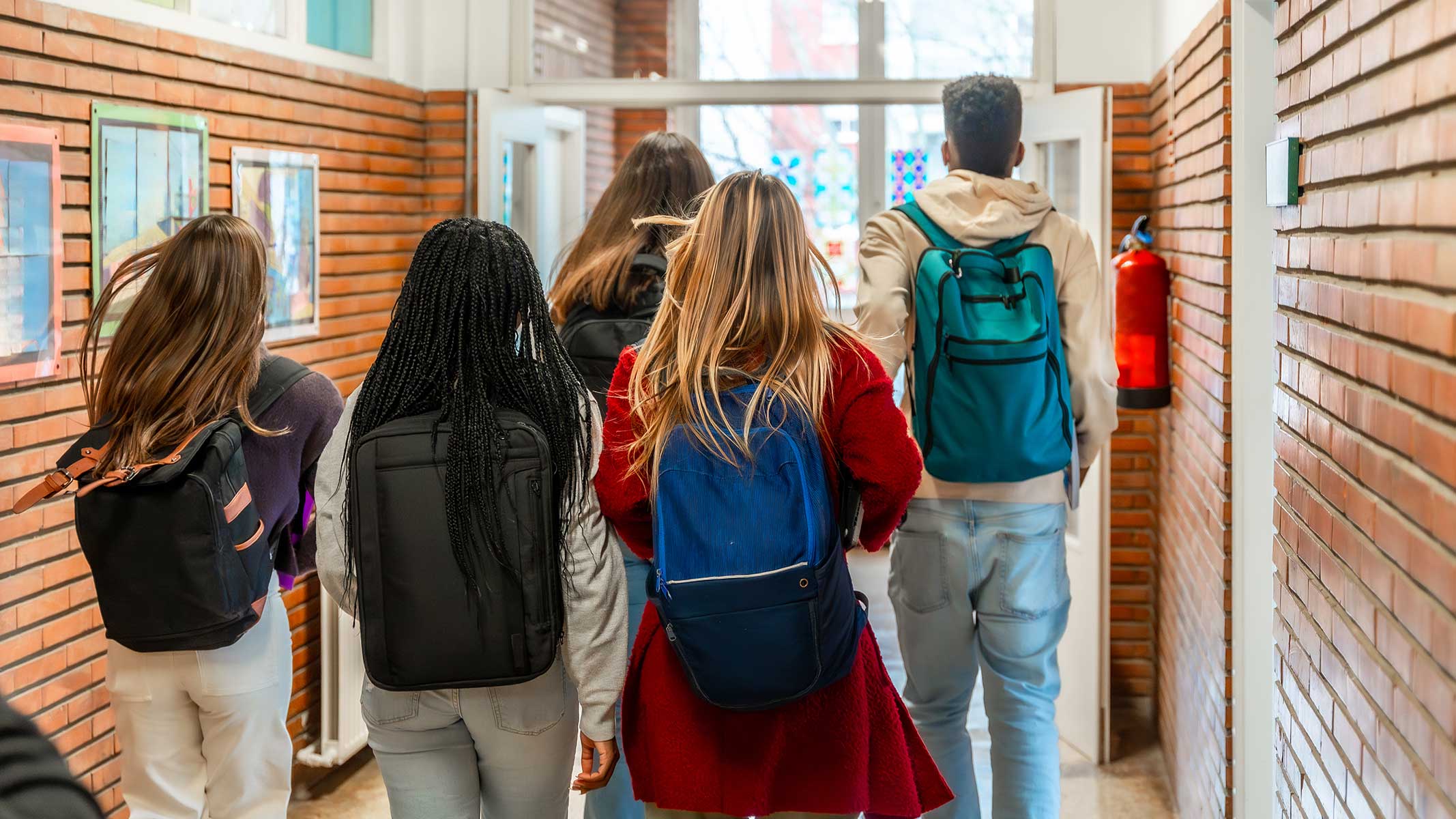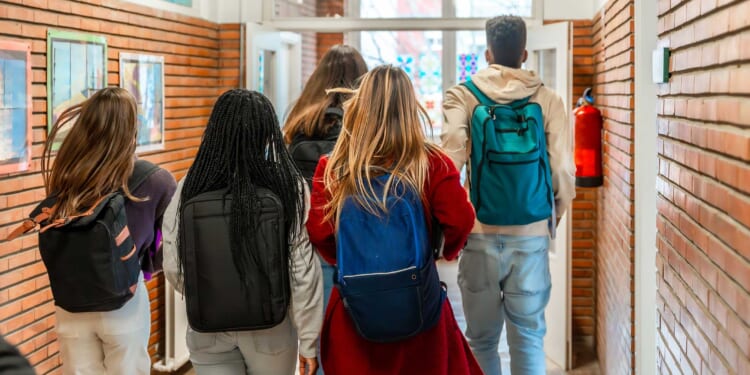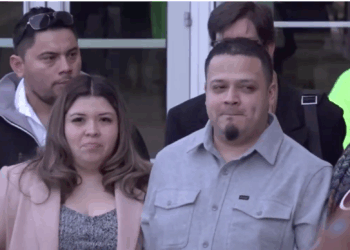
Earlier this month, more than 15,000 families from 200 charter schools across New York City marched on the Brooklyn Bridge to support charters. They asked, among other things, that the state lift its cap on the number of charter schools; that charters get equitable funding; and that charters be allowed to share space in existing public school facilities.
The families assembled represented the more than 150,000 New York students currently attending charter schools, as well as the many more on waiting lists. One of their chants—“Stop the no! Let charters grow!”—highlights how New York State has maintained a cap of 460 charter schools since 2015.
Elected officials often explain their reluctance to lift the cap by citing the persistent argument that charter schools take resources away from New York City public district schools. In 2023, State Senator Jabari Brisport, for example, opposed lifting the cap in exactly those terms: “Every time another (charter) opens, the funding gets shifted there,” he said. “And then the first thing that our public schools cut when they lose their funding is after-school and extracurriculars.” State Senator Cordell Cleare added, “This takes away from the public school students. It shows them inequity, it shows disparities, and it sends a message that we’ve given up on traditional public schools.”
The problem with this view is that the pie of public school dollars isn’t fixed—it keeps growing. Charters now enroll 15 percent of the city’s student population. Yet, this expansion has not negatively affected the New York City Department of Education (DOE) budget. Data from the city’s Independent Budget Office show that the DOE budget exceeded $20 billion in 1999 ($22 billion in inflation adjusted 2022 dollars), when the state’s first charter opened. Since then, despite significant enrollment declines, the DOE budget swelled to nearly $40 billion as of 2024—of which, only $3.17 billion constitutes charter school “tuition.”
Some officials, including Andrew Pallotta, president of New York State United Teachers, are recognizing this budget reality. As of early 2023, he had opposed lifting the charter cap in order to “limit the financial burden on the public school district.” This year, NYSUT shifted the focus of its opposition, attacking the “corporate charter school industry” and arguing that “many charters operate without meaningful public input or accountability to taxpayers.
Some public schools do struggle with reduced budgets due to enrollment loss. But the DOE could address these challenges by reallocating its vast budget more effectively. The district continues to operate many small, financially unsustainable schools that should be closed or consolidated. Doing so would free up resources for the remaining schools, improving educational quality for more students rather than propping up low-enrollment, underperforming institutions. The DOE should also reconsider the need for 32 school districts, which range in size from 4,000 to 39,000 students. Merging the smallest districts and reinvesting the savings could better support schools serving the highest-need populations.
Parents are leaving these schools for charters because they are dissatisfied—not for lack of funding. Polling from EdTrust New York shows that 51 percent of voters and 50 percent of parents believe that the education system is on the wrong track.
This sentiment is best reflected in the districts represented by Senators Jabari Brisport and Cordell Cleare. School District 16, in Brisport’s area, has lost 60 percent of its students over the past 20 years. Similarly, Harlem’s District 5, represented by Cleare, has seen a 57 percent enrollment drop. These are, in fact, the two school districts with the steepest losses in the entire city.
Rather than criticizing charter schools that families clearly support, New York elected officials should press the Department of Education to expand the district public schools that parents actively seek out—such as the specialized high schools (SHSAT) and gifted-and-talented programs. They should also push for better management of the city’s $42 billion education budget in order to make school administration more efficient.
Attacking charters is an easy way to avoid confronting hard problems. But as more and more New Yorkers demand choice, it’s not an excuse that will work for long.
Photo: Unaihuiziphotography / iStock / Getty Images Plus
City Journal is a publication of the Manhattan Institute for Policy Research (MI), a leading free-market think tank. Are you interested in supporting the magazine? As a 501(c)(3) nonprofit, donations in support of MI and City Journal are fully tax-deductible as provided by law (EIN #13-2912529).
















